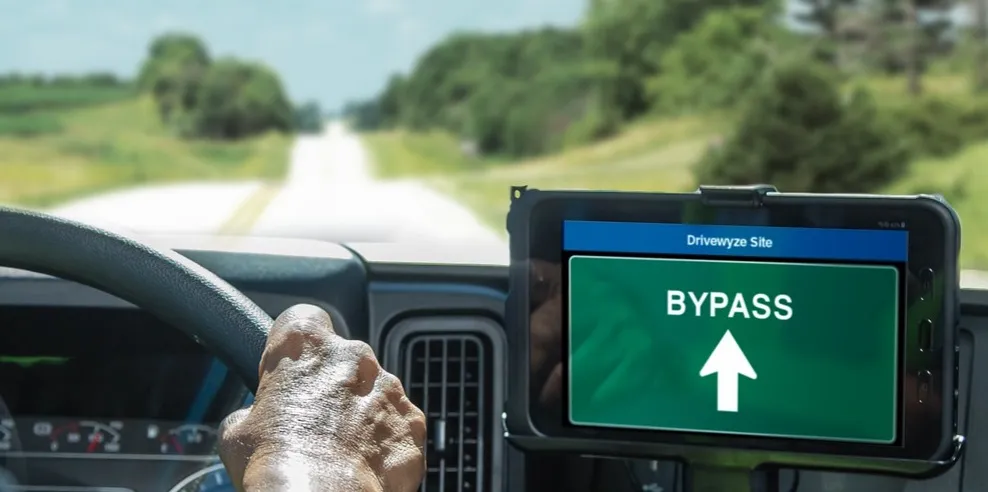Introduction of a fleet tracking system has provided expected headline benefits. But it is the intangibles that have been most valuable Crescent Electric Supply Company (CESC) was founded in 1919 and is one of the largest independent distributors of electrical hardware and supplies in the US. Based in East Dubuque, Illinois, the company has 120 distribution facilities in 27 states, serving contractors, original equipment manufacturers (OEM) and the maintenance, repair and operations (MRO) needs of commercia
May 22, 2012
Read time: 4 mins

Introduction of a fleet tracking system has provided expected headline benefits. But it is the intangibles that have been most valuable
In 2009, Burnett Thackery, warehouse manager at CESC Salt Lake City and whose background is in logistics, was having a hard time trying to quantify and evaluate his fleet and personnel. From what he could tell, their delivery service needed to make significant improvements in both the number of deliveries made and the time it took to complete the deliveries. Thackery also wanted to track total mileage, cost per mile, and cost per ticket. He knew that a GPS tracking solution would improve his delivery process, uncover unknown issues with his fleet, and provide the metrics he needed to monitor costs. Crescent Electric researched several GPS providers, and conducted a 30- day pilot programme with GPS Insight and three other vendors. In June 2009, the
Thackery also was able to correct the unnecessary and unauthorised stops that took place during work hours. In just one month, the Salt Lake City branch saw a mileage reduction of 1,605 miles. With a cost per mile of $3, the branch had saved $4,815. This is a 93% return on investment (ROI) from reduced mileage alone.
Project
INTRODUCTION OF FLEET TRACKING SYSTEM BY CESC AT SALT LAKE CITY
Cost:
US$5,177
Benefits:
(In one five-vehicle branch in one month)
• Fuel savings $4,815
• Mileage reduction of 1,605 miles
• Extended vehicle life
• More efficient routing,
• Unauthorised usage eliminated
• Improved customer service
“The real saving is getting two more years of life out of each of our vehicles,” Thackery says. “A new extended van costs $47,000.”
This ROI was achieved due to more efficient routing, eliminating unauthorised usage and monitoring maintenance on each vehicle.
During the pilot period, the Salt Lake City branch also saw an increase in transaction tickets from 790 to 814 and a decrease in the cost per ticket. Crescent Electric is now able to place more transaction tickets per delivery run, avoiding unnecessary trips.
Intangibles
“In the last 18 months, it has been the intangibles that have been the most valuable for us,” Thackery says. Crescent Electric has noticed a major improvement in customer service by setting up delivery notifications for each of their major customers via GPS Insight.
The company “landmarks” customer delivery locations, and then sets an automated email or text message (typically to the foreman’s cell phone or purchasing agent’s computer) when the CESCO vehicle enters and leaves that customer’s delivery location or jobsite.
“We were delivering for a multi-million dollar hospital project. GPS Insight’s alerts feature allowed us to automatically notify the foreman via text message 10 minutes before our arrival, as we entered the jobsite landmark’s perimeter. He was able to have his employees ready for the crane off-load. Crane time is very expensive and was at a premium at this job site,” Thackery adds.
“We were given preferential treatment due to our proactive notification and exact arrival time at the site.”










